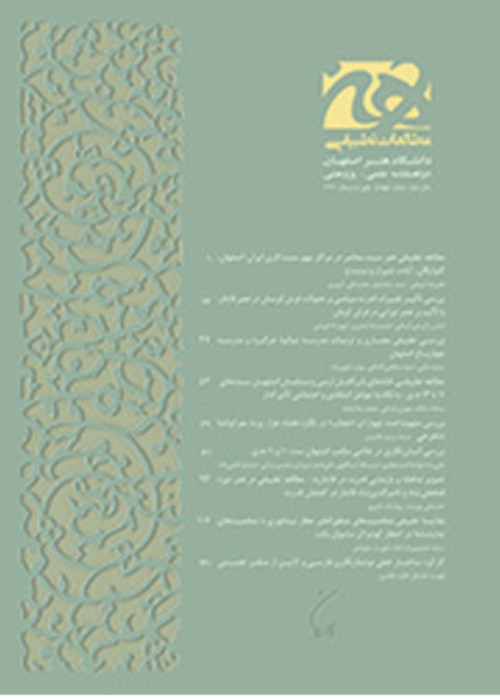Reading the Ascension (Meraj Nameh) writing of the Holy Prophet (pbuh) (Ilkhani and Timurid period) from the perspective of ancient Iranian mythology
According to different religions, there are different believes about the world and the world after death, and one of these journeys in the stories of different nations is the ascension to the ultramundane arena. Although the ascension stories have different themes in different cultures have verbal and spiritual commonalities associated with it (such as apocalyptic revelational texts, teleological texts, afterlife journeys, dreams, spiritual journeys, legendary texts, ascension to the heavens, etc.) But by analyzing and examining these stories and similar narrative symbols more closely, it is possible to understand how archetypes and myths are used over time to create new meanings (overtly or covertly) in them. One of the main goals of this research is to analyze and investigate the narrative symbols in the stories and illustrations of Ilkhani's Ascension Book (762-772 AH) and Timuri's Book of Ascension (840 AH) based on the approach of Northrop Frye's Archetype Theory of Meaning, which has stages. One of the main questions of this research is that how many structures can be classified in the story and illustrations of Meraj Nameh based on the stages of Frye's archetypal theory and cognitive myth? And in which part of the paintings (hell or heaven) have they used the original mythological stories of ascension in ancient civilization (Iran) and invented new meanings in an untransformed and transformed form? so that through the principle of myth displacement in Frei's theories, we can approach the origin and narrative and pictorial background of the ascension paintings. Therefore, the results obtained in this research by using the comparative-analytical method and library sources prove that the archetypal meaning in the pictures can be classified into eight semantic structures according to Northrop Frye's theoretical model, and the mythological concepts in it can be examined in the form of untransformed (obvious) and transformed (hidden) in most of the infernal and heavenly images.
- حق عضویت دریافتی صرف حمایت از نشریات عضو و نگهداری، تکمیل و توسعه مگیران میشود.
- پرداخت حق اشتراک و دانلود مقالات اجازه بازنشر آن در سایر رسانههای چاپی و دیجیتال را به کاربر نمیدهد.



